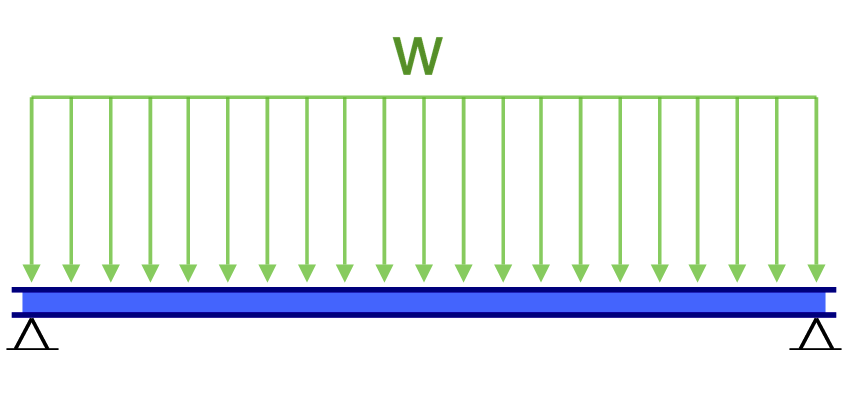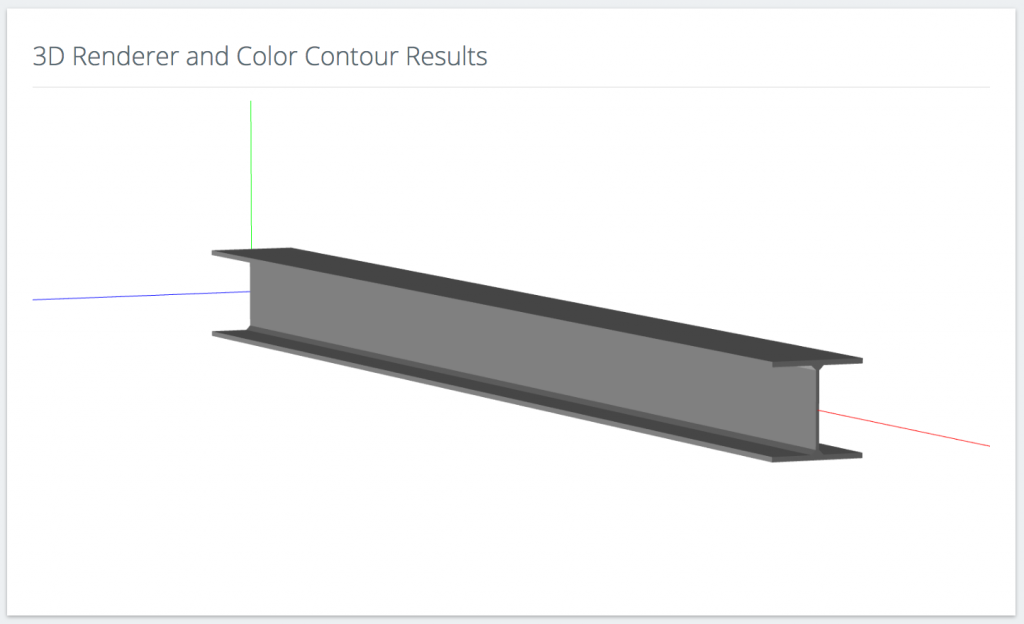Beam Definition: What is a Beam?
A beam, in Structural Engineering terms, is a member that can be comprised of a number of materials (including steel and wood aluminum) to withstand loads – typically applied laterally to the beam axis. Beams can also be referred to as members, elements, rafters, shafts, or purlins.
A beam can exist within a frame, a truss, or on its own as its own structure. SkyCiv also has some write-ups of each of the different types of beams, including simply supported, cantilever, continuous, fixed, and overhanging beams.


Beam Shapes
Beams can come in a wide range of shapes that have different applications and strength purposes. Some common shapes are i beams (as shown in the 3D renderer above), T-beams, channel sections, rectangular, hollow rectangular, and pipes. Regardless of the shape, they are all considered beams. In analysis and design, they are often picked up from different manufacturer libraries and databases so that the industry is all modeling structures based on the same shapes and dimensions.
More Beam Tutorials
Learn more about beams with our beam tutorial series. This series covers various topics including:
- Cantilever beams
- How to calculate beam deflection
- How to calculate bending moment diagrams
- How to calculate an intermediate beam
- How to determine reactions at supports
- Calculate bending stress of a beam section
SkyCiv Beam Software
SkyCiv Beam Analysis Software allows users to analyze beam structures easily and accurately. You can get a simplified analysis of your beam member, including reactions, shear force, bending moment, deflection, and stresses in a matter of seconds.
If you want to give it a try first, Free Online Beam Calculator is a great way to start, or simply sign up for free today!


